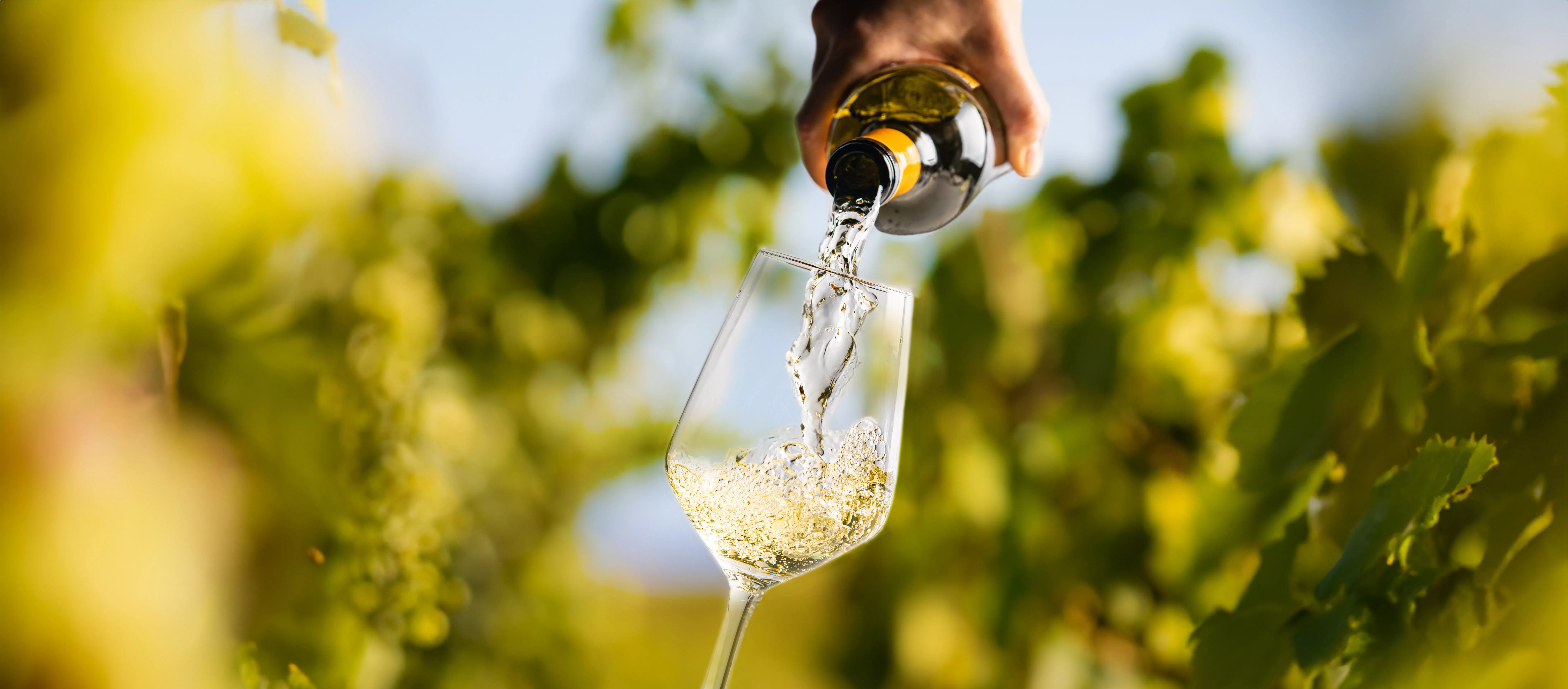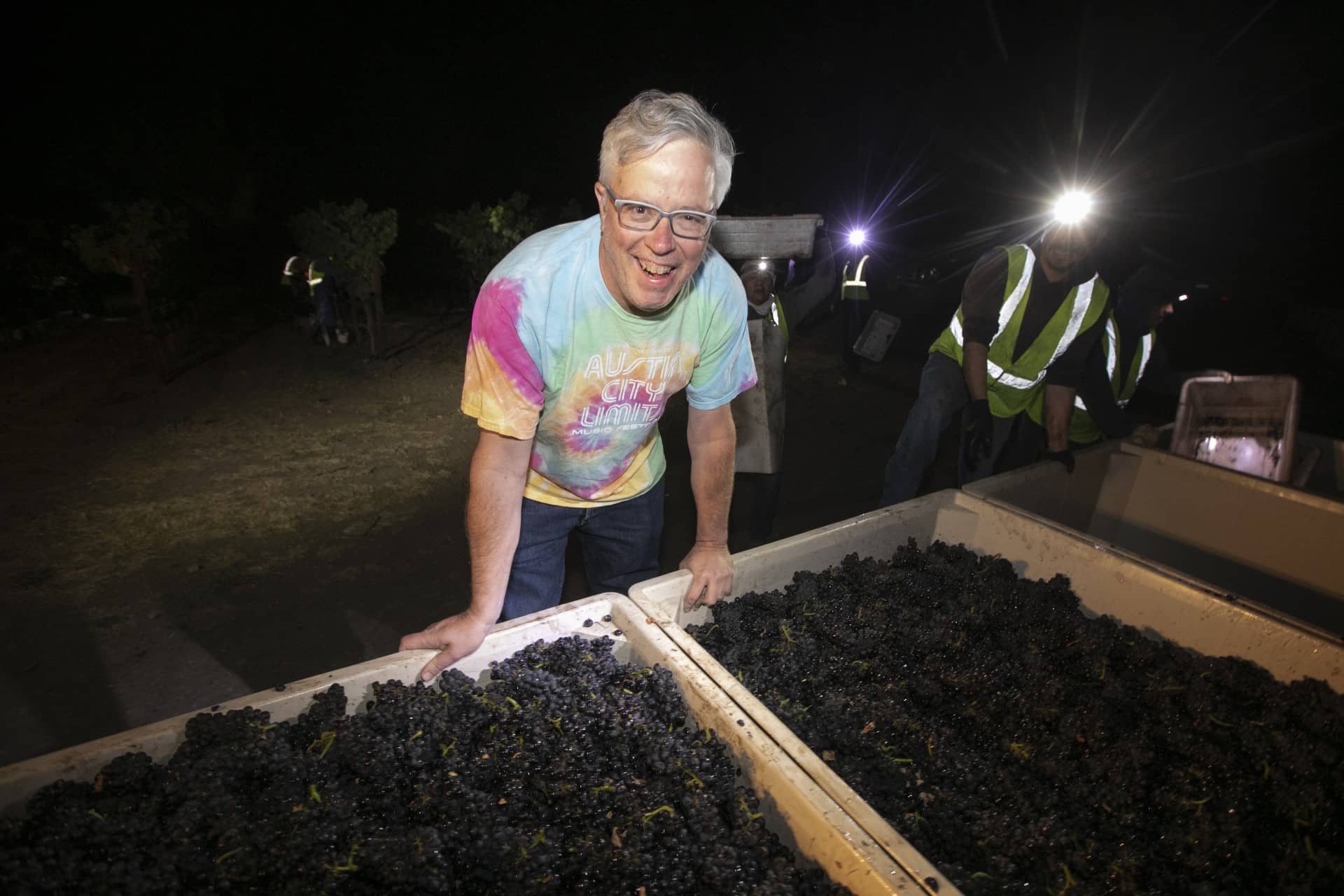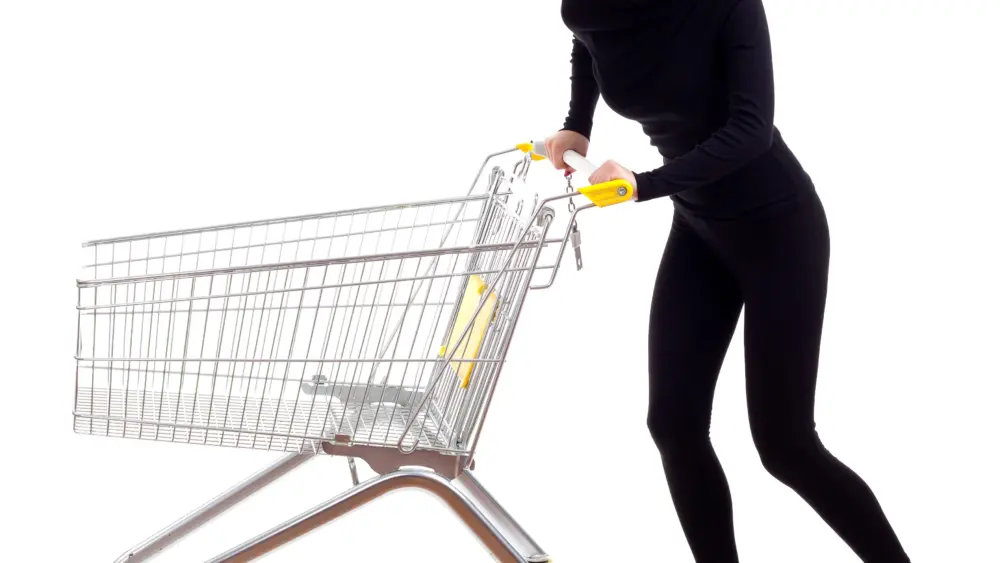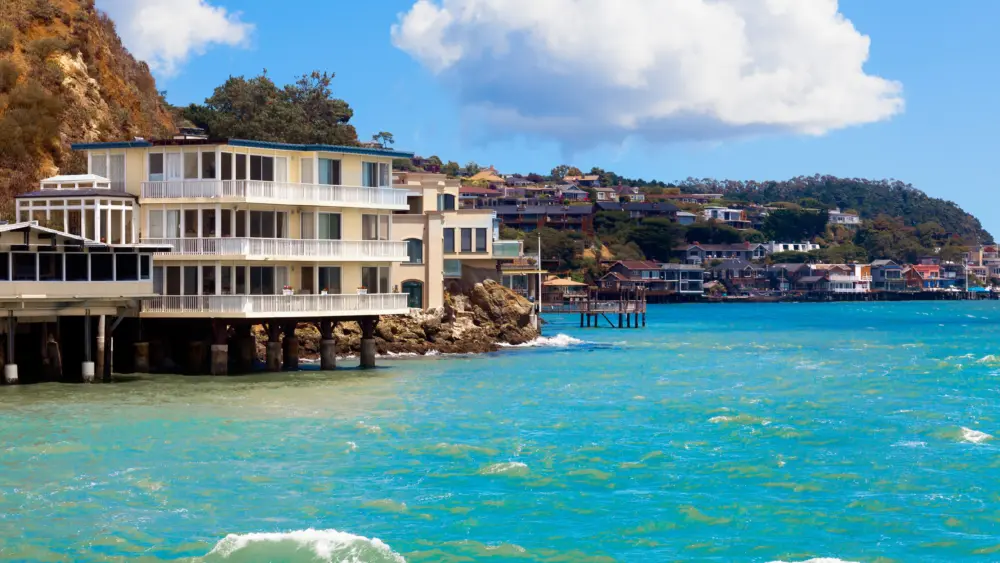
In the summer of 1986, I first visited Northern California. I was between my junior and senior years at Trinity University in San Antonio, Texas, and I was dating a woman who had just graduated and started working for Chevron in Concord. I spent the summer out here, and on weekends, we’d often find ourselves in Napa or Sonoma, visiting wineries and tasting wines. We didn’t know much about wine, but I remember learning about how wine was made through tours at Robert Mondavi and Domaine Chandon. And I vividly recall the wine that led me to fall in love with pinot noir—the 1984 Rochioli Pinot Noir—poured for me in their tasting room.
Despite the remembrance of that particular bottle, what stands out in my mind about that time was that most of the wineries I visited weren’t selling wine as much as they were selling their way of life. It was 10 years after the “Judgment of Paris,” and California wine was still growing in the American consciousness. With the 1984–1987 vintages, California winemakers had an unprecedented string of great wines in their cellars and vineyards, and there was a palatable excitement in the area. Winery owners, winemakers and even winery employees wanted to share what they had and, damn it, once you learned about it you wanted to have it as well. Consider what Robert Mondavi shared about his experience: “My path was simple: Follow your passion. Pour in your heart and soul. Settle for nothing less than excellence. And with enough hard work and faith in yourself, you can realize your dream.” This belief was conveyed at winery after winery. It was enough to make this young college student give up his (undoubtedly lucrative) plans to become a history professor and take a chance by entering the wine business.
A lot of time has passed since those heady days. Now, the whisper talk in wine country is how visitors to Napa and Sonoma wineries are down. This will soon become more than just a whisper as Silicon Valley Bank, in its 2024 State of the U.S. Wine Industry Report due to be released on Jan. 18, will detail that the number of visitors to Napa and Sonoma tasting rooms has decreased for the second year in a row. I got an exclusive sneak peek at this part of the SVB report, and here’s what its author Rob McMillan points out: “It is noteworthy that visitation in tasting rooms experienced a decline in 2023, marking the second consecutive year this happened. We didn’t see an offset to visitation with higher average order value, so the drop in visitation means a decrease in tasting room revenue… It was expected that the decrease in tasting room traffic in 2022 would follow the spectacular year that was 2021. While numerous people expected visitation in 2023 to remain at the same level as in 2022 or even improve, it unfortunately didn’t.” One year ago, the San Francisco Chronicle reported on the first year of this decline in a series of articles and attributed the decline, in part, to the increased cost of tastings. One particularly relevant article detailed consumer reactions to the Chronicle’s stories and led off with, “Priced out. Astronomical tasting fees. Rip-off. These were some of the sentiments shared by Bay Area residents after The Chronicle reported last week that it had been an unusually slow summer in Wine Country.”
As a vintner, I understand why the cost of tastings has increased. From the cost of labor to the cost of wine to the percentage of waste, it is expensive to host tastings. And, quite frankly, sometimes we want to discourage people from coming in just to drink, and increasing tasting fees provides just that sort of barrier. The problem, it seems to me, is not just the higher tasting fees per se, but the message that they convey: “This is a business. We are here to make money off of you.” The entire process seems more transactional and financially motivated than it once was. No longer are we sharing a passion; we are selling an experience. That’s a far cry from the dream that inspired this young college student 38 years ago.
Assuming this is something that we want to change, what can be done to do so?
Let me share a modest proposal. In starting this column, I’ve reached out to both the Napa Valley Vintners and Sonoma County Vintners associations. Both were very welcoming, and I look forward to working with both. I am now asking them to consider proposing a joint winery holiday to their members. On Sunday, Nov. 3, 2024—the day that we turn back our clocks—let’s also get a group of agreeable wineries across both counties to turn back their clocks and, for that day, charge a modest $20 tasting fee. Let’s get our most enthusiastic retail employees to help these people, or even have an owner or two step in and pour behind the bar. Appointments could still be required to make certain consumers get appropriate attention, and reserve wines could still be held for more exclusive experiences. Pour good wine at a fair price, and let’s welcome younger, aspiring wine lovers back to the wine country. In a time when we seem so divided, let’s show unity and have both the NVV and SCVA work together to market this specifically to younger Bay Area consumers, telling them that we want them to have the opportunity to experience the dream that we have all realized.
Adam Lee co-founded Siduri Wines in 1994, selling it to Jackson Family Winery in 2015. He now produces and owns Clarice Wine Company, and consults with numerous different wineries, including Rombauer Vineyards on their Pinot Noir project.




